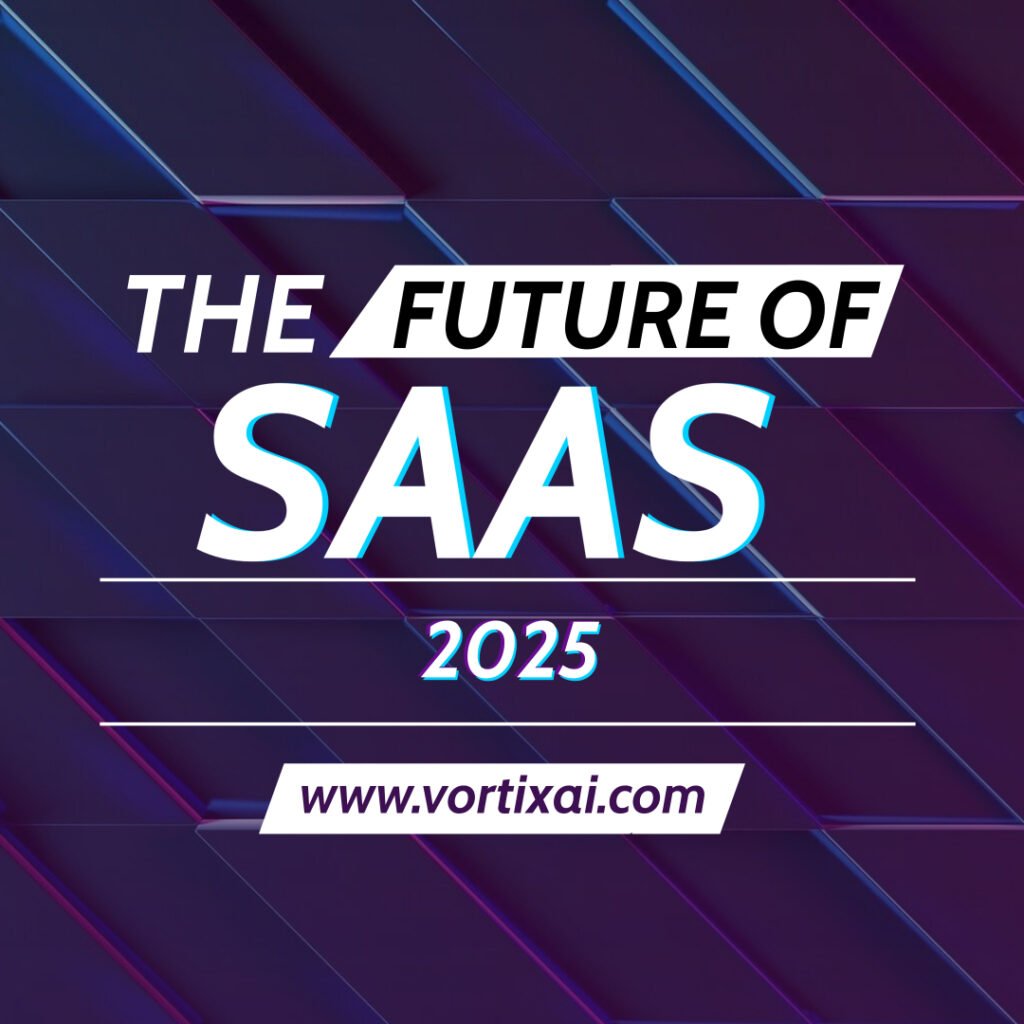The Future of SaaS in 2025: Trends and Innovations
As we step into 2025, the Software as a Service (SaaS) industry continues to be at the forefront of technological innovation, redefining the way businesses operate and deliver value. With global SaaS revenues projected to exceed $200 billion, the sector is poised for unprecedented growth. Here, we explore the key trends and innovations shaping SaaS in 2025.

1. AI-Driven Automation and Personalization
Artificial intelligence (AI) has become the backbone of SaaS applications, enabling businesses to automate processes, derive insights, and offer personalized experiences at scale. In 2025, we’re seeing:
Hyper-Personalized User Experiences: SaaS platforms use AI to analyze user behavior, tailoring interfaces and recommendations to individual preferences.
Predictive Analytics: AI-powered tools predict customer needs, optimize workflows, and reduce churn.
Enhanced Customer Support: Chatbots and virtual assistants are now more conversational and capable, offering seamless 24/7 support.
2. Vertical SaaS Gains Momentum
While horizontal SaaS platforms cater to a wide range of industries, vertical SaaS solutions focus on niche markets with tailored functionalities. Examples include healthcare, fintech, and real estate SaaS products. By addressing industry-specific pain points, vertical SaaS providers are delivering unmatched value and fostering deeper customer loyalty.
3. Rise of No-Code and Low-Code Platforms
The democratization of software development continues to accelerate in 2025, with no-code and low-code platforms empowering non-technical users to build and customize applications. These tools enable businesses to:
Rapidly prototype and deploy solutions.
Reduce dependency on traditional development cycles.
Encourage innovation within teams without coding expertise.
4. Focus on Data Privacy and Compliance
With evolving regulations like GDPR, CCPA, and others worldwide, SaaS companies are doubling down on data security and compliance. Features such as built-in encryption, robust access controls, and transparent data handling practices are now standard. Companies that can prove their commitment to data privacy will continue to win trust and market share.

5. Hybrid and Remote Work Optimization
The post-pandemic era has solidified hybrid and remote work as a permanent fixture. SaaS tools designed to support distributed teams are thriving, with features like:
Advanced video conferencing with AI transcription and sentiment analysis.
Unified communication platforms integrating messaging, project management, and file sharing.
Enhanced collaboration tools tailored for asynchronous workflows.
6. Integration and Interoperability
Businesses are increasingly demanding SaaS solutions that integrate seamlessly with existing tech stacks. Open APIs, modular architectures, and partnerships between SaaS vendors are ensuring smoother data flow and interoperability across platforms, enabling businesses to:
Reduce silos and improve operational efficiency.
Leverage combined insights from multiple tools.
Scale solutions without significant disruptions.
7. Subscription Models Evolve
Subscription fatigue has pushed SaaS companies to innovate their pricing strategies. In 2025, we’re witnessing:
Usage-Based Pricing: Customers pay based on actual usage rather than flat fees.
Freemium Models: Offering robust free tiers with the option to unlock premium features.
Customizable Plans: Allowing customers to tailor plans based on specific needs.
8. Green SaaS and Sustainability Initiatives
Environmental consciousness is reshaping the SaaS industry, with companies striving to minimize their carbon footprints. Green SaaS involves:
Optimizing data center energy efficiency.
Partnering with renewable energy providers.
Offering transparency in sustainability efforts, which appeals to eco-conscious consumers.

9. Edge Computing Meets SaaS
As businesses demand faster processing and reduced latency, edge computing is becoming a critical component of SaaS architecture. By processing data closer to the source, SaaS applications can deliver:
Real-time insights.
Enhanced performance for IoT and mobile applications.
Improved reliability in regions with limited connectivity.
10. Global Expansion and Localization
SaaS companies are breaking barriers to enter emerging markets, where demand for cloud-based solutions is growing rapidly. Localization efforts include:
Multi-language support.
Compliance with local regulations.
Tailoring user experiences to cultural nuances.
The SaaS landscape in 2025 is dynamic, innovative, and customer-centric. By leveraging AI, prioritizing security, and embracing sustainable practices, SaaS companies are not only meeting current demands but also setting the stage for future growth. As businesses continue to adopt cloud-first strategies, the role of SaaS in driving digital transformation will only grow more significant.

